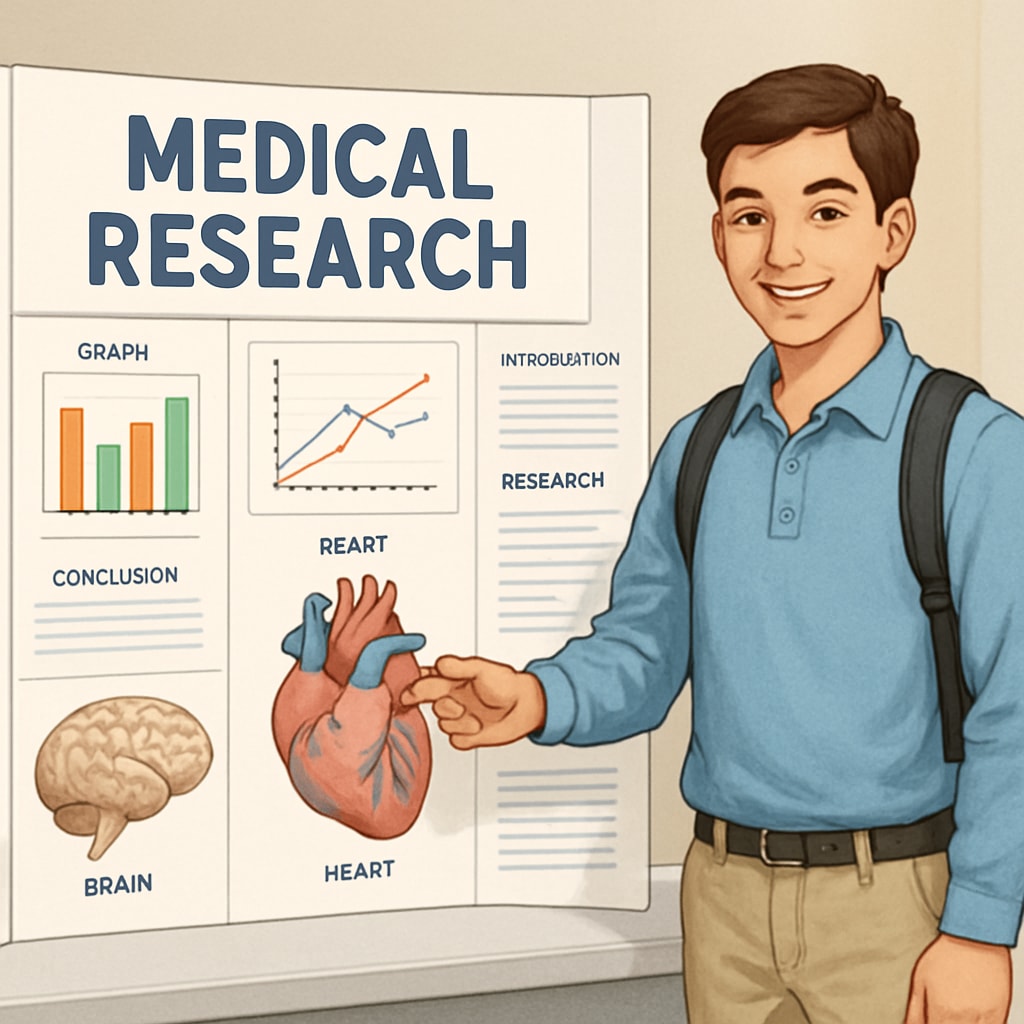Embarking on a medical career is a profound and life-changing decision, requiring careful preparation from an early age. For K12 students with aspirations of becoming doctors, understanding how to plan their educational and personal development is critical. Drawing from insights in “doctor interviews, career planning, and medical education,” this article outlines practical strategies for students to pave the way toward a successful future in medicine.
Key Factors to Consider Before Committing to Medicine
Medicine is a demanding profession, both intellectually and emotionally. Students should begin by asking themselves why they want to pursue this path. For instance, is it the desire to help others, or the challenge of solving complex medical problems? Understanding these motivations will guide long-term decisions.
Additionally, students should explore the realities of medical training and practice. Reading about the day-to-day responsibilities of doctors or participating in shadowing programs can provide valuable insights. As Britannica’s overview of medicine suggests, the field requires a lifelong commitment to learning and adapting to new challenges.

Building a Strong Academic Foundation
Academic prowess is essential for a career in medicine. During K12, students should prioritize science and mathematics courses, as these subjects form the backbone of medical education. Biology, chemistry, and physics are particularly important, providing a foundation for pre-medical studies.
In addition, developing strong communication and analytical skills is vital. These abilities are not only crucial for medical practice but also for excelling in entrance exams such as the MCAT (Medical College Admission Test). Schools often offer Advanced Placement (AP) or International Baccalaureate (IB) courses that can help students build these competencies.
Extracurricular Activities for Aspiring Medical Professionals
Beyond academics, extracurricular involvement plays a key role in preparing for a medical career. Activities like volunteering at hospitals, participating in science fairs, or joining health-related clubs allow students to gain practical exposure and demonstrate their commitment to the field.
For example, volunteering at a healthcare facility can teach students about patient care and the emotional aspects of medicine. Similarly, engaging in research projects can deepen their understanding of scientific methods, which are central to medical advancements. As a result, these experiences make students more competitive when applying to medical programs.

Seeking Guidance Through Mentorship and Resources
Mentorship is invaluable for students exploring a medical career. Connecting with practicing physicians, medical school students, or career counselors can provide clarity and inspiration. “Doctor interviews,” for instance, can offer firsthand accounts of the rewards and challenges of the profession.
Online platforms and educational resources can also support career planning. Websites like Wikipedia’s Medical School page or university career centers offer detailed information about prerequisites and application processes. Utilizing these resources helps students make informed decisions about their future.
Conclusion: Start Early, Stay Focused
Preparing for a medical career during the K12 years requires a combination of academic excellence, extracurricular involvement, and mentorship. By addressing the key aspects of “doctor interviews, career planning, and medical education,” students can build a comprehensive roadmap to achieve their goals.
Ultimately, early preparation not only strengthens applications but also ensures students are well-equipped for the challenges and rewards of a medical career. For those who dream of making a difference in healthcare, the journey begins with thoughtful planning and unwavering dedication.
Readability guidance: This article ensures clarity by using concise sentences, short paragraphs, and transitional phrases such as “for example,” “as a result,” and “in addition.” Lists and external links provide additional context, making the content engaging and accessible.


